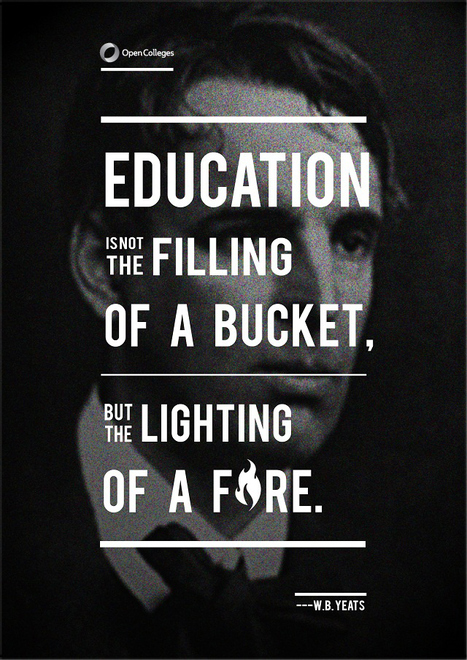Bring on the i. I just finished reading several books about intrinsic motivation. None of the research is new, so why aren't we incorporating intrinsic motivation into the classroom more? Here are ...
Research and publish the best content.
Get Started for FREE
Sign up with Facebook Sign up with X
I don't have a Facebook or a X account
Already have an account: Login
Tech tools that assist all students to be independent learners & teachers to become better teachers
Curated by
Beth Dichter
 Your new post is loading... Your new post is loading...
 Your new post is loading... Your new post is loading...

Kimberly House's curator insight,
August 11, 2013 7:21 AM
Fantastic list at the bottom of this article about how to foster a classroom of innovators. |

Drora Arussy's comment,
September 8, 2013 4:57 PM
Student ownership and buy-in has always been key, thank you for sharing.
|

















I love this break down! Which motivation technique inspires learners the best? Can both be meaningful and why? Which technique do you feel Common Core applies most heavily?
ahhh...esse tal MOTIvo para AÇÃO... vale a pena conhecer mais a respeito para auxiliar os aprendizes a encontrarem o seu próprio caminho: interiormente ou exteriormente ?